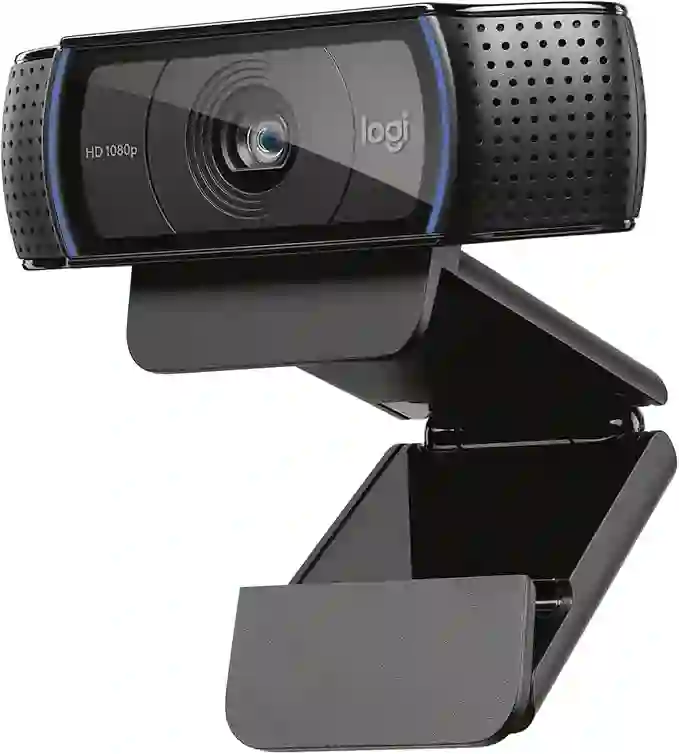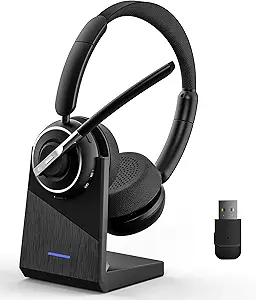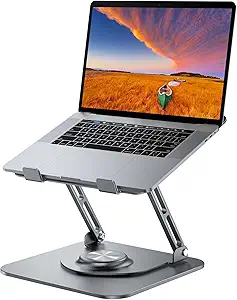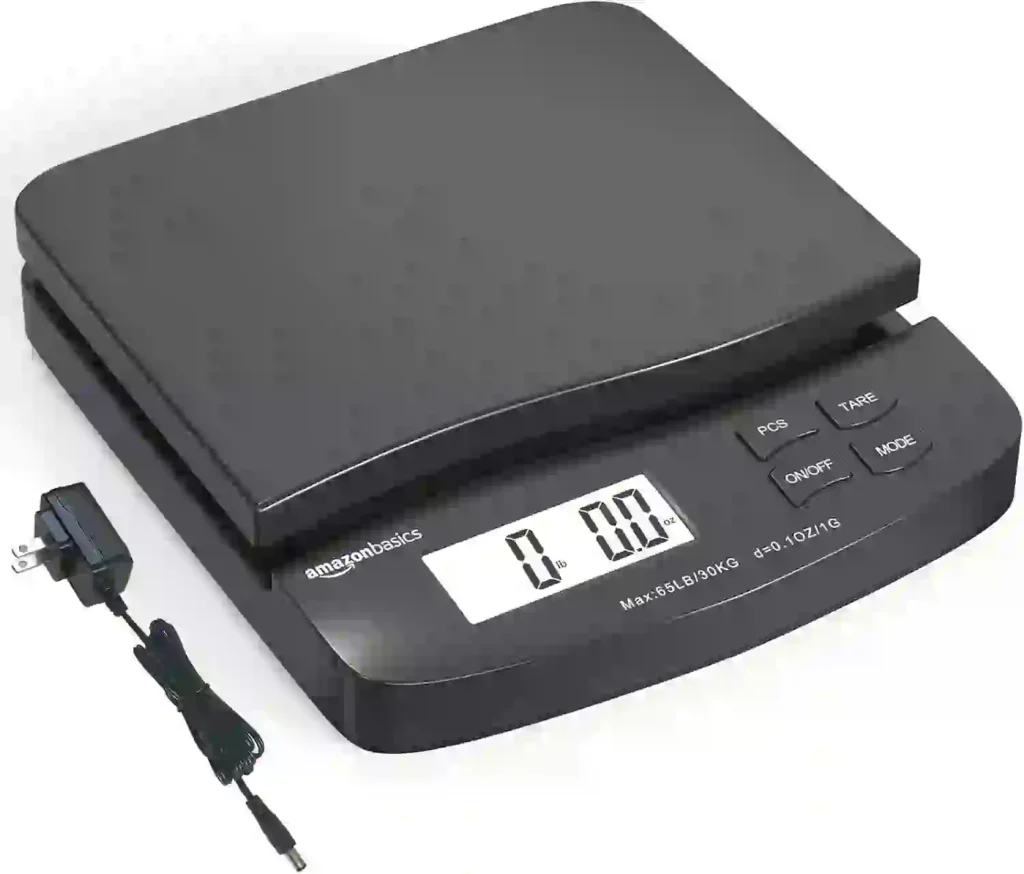
Side Hustles in America are becoming the most popular way for people to create more freedom, more income, and more control over their time. At Jivansaar, we hear from thousands of readers across the US every month who share this same goal.
“I want to start a side hustle, but I don’t know where to begin—or how to actually make it sustainable.”
You’re not alone.
The rise of side hustles isn’t just a passing trend—it’s a permanent shift in how Americans think about work. Whether you want to pay off debt, save for travel, or eventually build your own business, a side hustle is one of the smartest ways to start.
This guide will walk you step by step through:
Why side hustles are booming in the US
How to pick the right side hustle for your lifestyle
A 4-week action plan to launch fast
Smart tools and tips for scaling income
And practical FAQs to help you avoid common mistakes
Let’s dive in.
Why Side Hustles in America Are Booming Right Now
More than 44% of Americans now report having a side hustle. According to Bankrate’s Side Hustle Report, nearly 7 in 10 Millennials and Gen Z workers rely on extra income streams.
But why is this happening?
Rising Cost of Living
Inflation has made everything—rent, groceries, utilities—more expensive. A side hustle can be the cushion that keeps you afloat.
Career Uncertainty
Layoffs and shifting job markets have shown that no job is 100% secure. Extra income = extra safety.
Entrepreneurial Spirit
Platforms like Etsy, Upwork, and Fiverr have made it easier than ever to sell skills and products from home.
Flexibility
People crave autonomy. A side hustle gives you the freedom to set your hours and choose your clients.
At Jivansaar, we believe a side hustle isn’t just about money. It’s about reclaiming ownership of your work and your life.
How to Choose the Right Side Hustles in America for You
Before you jump into anything, ask yourself three critical questions:
What skills do I already have?
Make a list. Writing, design, baking, tutoring, organizing, social media—anything counts.
How much time can I realistically commit per week?
Be honest. Even 5–10 hours weekly can lead to meaningful income.
What does success look like?
Extra $500/month? Full-time business? Knowing your “why” keeps you motivated.
If you need inspiration, here are popular US side hustles with solid demand:
Freelance writing and editing
Selling handmade products on Etsy
Virtual assisting for small businesses
Online tutoring (math, language, skills)
Social media management
Dropshipping and e-commerce
Pet sitting and dog walking
Renting out space on Airbnb
For a deeper look, explore the Upwork Skills Index.
Your 30-Day Side Hustle Action Plan
At Jivansaar, we love breaking big goals into weekly steps. Here’s a clear roadmap:
Week 1: Research & Plan
Pick your side hustle.
Study competitors—what are they charging? What platforms are they using?
Choose a business name and create a simple logo.
Make a list of 3–5 services or products you’ll offer.
Tip: If you plan to freelance, create a profile on Upwork or Fiverr.
Week 2: Set Up Your Presence
Build a professional profile or basic website.
Open any required accounts (Stripe, PayPal, Etsy seller account).
Take clear photos of products or examples of your work.
Draft your first offers or gigs.
Tip: Use Canva to design simple graphics and portfolios.
Gear Up with Essential Tools
If you’re planning to offer freelance services, it helps to have reliable equipment. For example, a good headset and webcam can make video calls with clients smooth and professional. We recommend this high-quality Logitech HD Webcam and comfortable noise-canceling headset to get started.
Week 3: Find Your First Customers
Start pitching! Reach out to friends, family, and local businesses.
Join Facebook groups and LinkedIn groups in your niche.
List your services on 1–2 platforms.
Offer a small discount to your first 3–5 clients in exchange for testimonials.
Tip: Use the Freelancers Union Pricing Guide to set fair rates.
Boost Your Productivity
When juggling a side hustle alongside a day job, staying organized is key. Consider using a portable planner notebook or ergonomic laptop stand to create a comfortable workspace.
Week 4: Optimize & Scale
Collect and display client reviews.
Refine your workflow.
Explore ads or promotions if you have budget.
Start tracking income and expenses.
Tip: Visit SBA.gov’s Business Guide for compliance and tax info.
Tools to Scale Side Hustles in America Quickly
Scaling your side hustle doesn’t mean working 24/7. The smartest American entrepreneurs rely on simple, powerful tools to save time and grow income. Platforms like Trello help you stay organized, while Wave Accounting makes tracking finances effortless. Email marketing tools such as Mailchimp allow you to nurture customer relationships automatically. At Jivansaar, we recommend starting simple—master one tool at a time before adding more.
Mistakes to Avoid When Starting Side Hustles in America
Many beginners try to do everything at once and quickly burn out. One common mistake is undercharging—remember, your time and expertise have value. Another is neglecting legal basics like taxes and licensing (visit IRS.gov for guidance). Finally, avoid comparing your progress to others. Consistency beats speed every time. At Jivansaar, we’ve seen that steady, focused action always wins in the long run.
Top Tools to Save Time & Money
We’ve seen countless side hustlers burn out because they didn’t use the right tools. Here are essentials:
Project Management: Trello, Asana
Invoicing: FreshBooks, Wave
Marketing: Mailchimp for email, Buffer for social scheduling
Design: Canva
E-commerce: Shopify, Etsy, Gumroad
Pro Tip: Keep everything simple. You don’t need expensive software to get started.
Recommended Gear for Side Hustlers
If you sell physical products or crafts, a professional photo light box can help you take clear product photos. For shipping, grab a digital postal scale to avoid post office surprises.
How to Scale Your Side Hustle
Once you’ve completed your first month, the real growth begins. This is where a lot of people either plateau or burn out because they don’t have a clear plan for scaling. From my experience, and from countless stories shared by our readers at Jivansaar, I can say this confidently: Growth doesn’t have to be chaotic.
Here’s how you can expand your side hustle in a way that feels sustainable and rewarding:
Raise Your Rates
When you’re just starting out, it makes sense to keep your prices modest—especially to build a portfolio and get your first testimonials. But as soon as you start collecting positive reviews and see steady demand, don’t be afraid to increase your rates.
Even a 10–15% bump can make a huge difference over time. Clients who truly value your work will understand that your pricing reflects your expertise. Pro tip: If you’re nervous about raising rates, start by offering new packages at higher price points rather than immediately changing your old ones. This makes the transition smoother for existing clients.
Add Related Services
One of the fastest ways to grow your income is to offer complementary services.
For example:
- If you’re a freelance writer, consider adding editing or content strategy packages.
- If you design logos, offer complete brand kits or social media graphics.
- If you tutor online, you might add study guides or premium one-on-one sessions.
Adding services allows you to serve the same customers more fully while increasing your average project value. Over time, this diversification makes your side hustle more resilient.
Automate Repetitive Tasks
The longer you work with clients, the more you’ll notice the same questions and steps repeating. Instead of reinventing the wheel every time, start building templates:
- Proposal templates
- Contracts and agreements
- Onboarding questionnaires
- Email responses for common queries
I can tell you firsthand—automation is what separates the burnt-out solopreneurs from the side hustlers who actually enjoy their work. Use tools like Trello for workflows, Dubsado for client management, and Canva for ready-made design assets.
Network Consistently
I know networking can sound intimidating, but it’s one of the most effective ways to keep your pipeline full. Make it a habit to:
- Attend virtual workshops and webinars in your niche
- Comment thoughtfully in LinkedIn or Facebook groups
- Stay in touch with past clients just to check in (without always pitching something)
Over time, these small connections compound into real opportunities. A recommendation or referral often comes when you least expect it—especially if you’ve stayed visible.
Keep Learning
This is the step many people skip because they’re busy delivering work. But investing in yourself is how you stay relevant and competitive.
Consider:
- Taking a short course on Coursera or Udemy to level up a specific skill
- Following industry newsletters or podcasts to spot trends early
- Setting aside one evening a week to learn something new
The more you grow your skills, the more value you bring to your clients—and the more confident you’ll feel raising your rates.
Final Thoughts from the Jivansaar Team
Side hustles are no longer just a backup plan—they’re a pathway to freedom.
At Jivansaar, we’ve seen how even modest efforts can transform your income, confidence, and career trajectory.
Remember: You don’t need to have it all figured out on day one. You just need to start.
And when you feel stuck, come back here. We’ll be rooting for you every step of the way.
Frequently Asked Questions
Q1. How much time should I expect to invest in a side hustle every week?
A: Honestly, it depends on your goals and the type of work you pick. Most people I’ve talked to at Jivansaar start with around 5–15 hours per week. If you’re serious about scaling, you might need more time in the early weeks. I’d recommend reading this helpful guide from Bankrate to see what other Americans are doing.
Q2. Do I need any special qualifications to start?
A: Not necessarily. A lot of side hustles are skill-based, but you don’t always need certifications. What matters more is proof you can deliver results—like samples, testimonials, or a portfolio. If you’re unsure, check out Upwork’s Skills Index to see in-demand skills and trends.
Q3. What’s the fastest side hustle to start with little money?
A: Freelancing is usually the quickest. For example, writing, graphic design, or virtual assisting often need just a laptop and an internet connection. I’ve seen people get their first clients in under a week by simply offering services in local Facebook groups.
Q4. How do I set my pricing?
A: Start by researching what others charge for similar work. Sites like Freelancers Union Pricing Guide are excellent references. Remember, it’s okay to start a bit lower to build credibility, but don’t undervalue yourself for too long.
Q5. Can I scale my side hustle into a full-time business?
A: Absolutely. That’s actually the path many freelancers and small business owners take. If you keep refining your offer, raising your rates, and building a client base, you can transition to full-time. A great resource for planning is SBA.gov’s guide on starting a business.
Q6. What tools should I use to stay organized?
A: I’d recommend keeping it simple:
Trello or Asana for tracking tasks
Wave for basic accounting
Canva for any visuals you need
Buffer for scheduling social media posts
Most of these tools are free or have affordable plans.
Q7. How do I avoid burnout when balancing my job and a side hustle?
A: Set clear boundaries. For example, commit to working on your side hustle only certain evenings or weekends. Also, remember to schedule breaks and celebrate small wins. I can’t stress this enough—your energy is your biggest asset.
Q8. Do I need to register as a business for tax purposes?
A: In many cases, if you’re earning more than a small amount, you’ll need to report your income. This varies by state, so always double-check your local rules. IRS.gov has helpful info about taxes for freelancers and side hustlers.
Additional Resources
Bankrate Side Hustle Statistics
Upwork Skills Index
Etsy Seller Handbook
IRS Tax Center
Ready to Build Your Side Hustle?
Explore more guides on careers, productivity, and personal growth at Jivansaar.com—where practical knowledge meets real-life inspiration.
Helpful Resources
Ready to invest in yourself? Explore some of my favorite affordable tools on Amazon to help you launch faster:
Laptop Stand for Better Ergonomics
Noise-Canceling Headphones
Portable Whiteboard for Planning







Leave a Comment